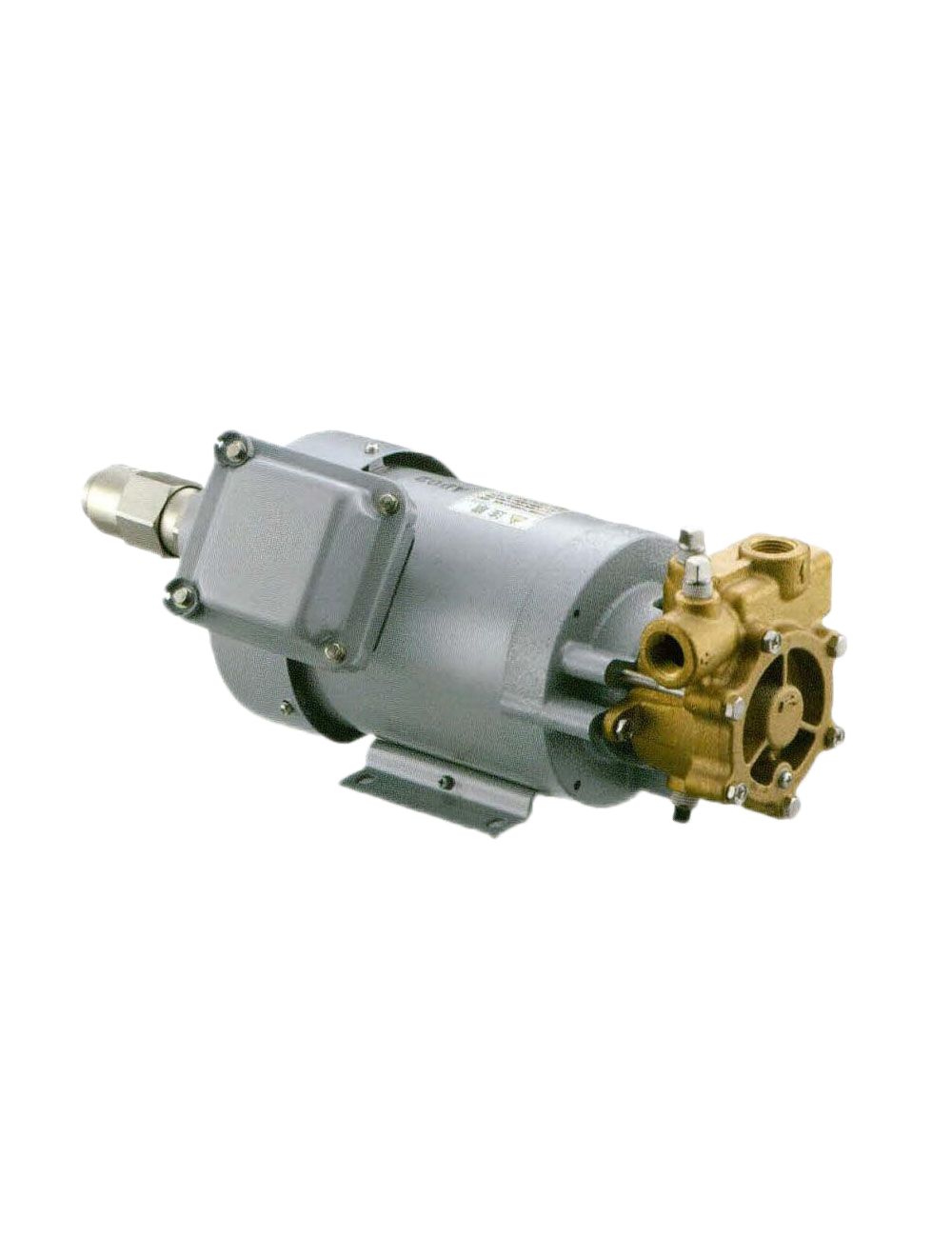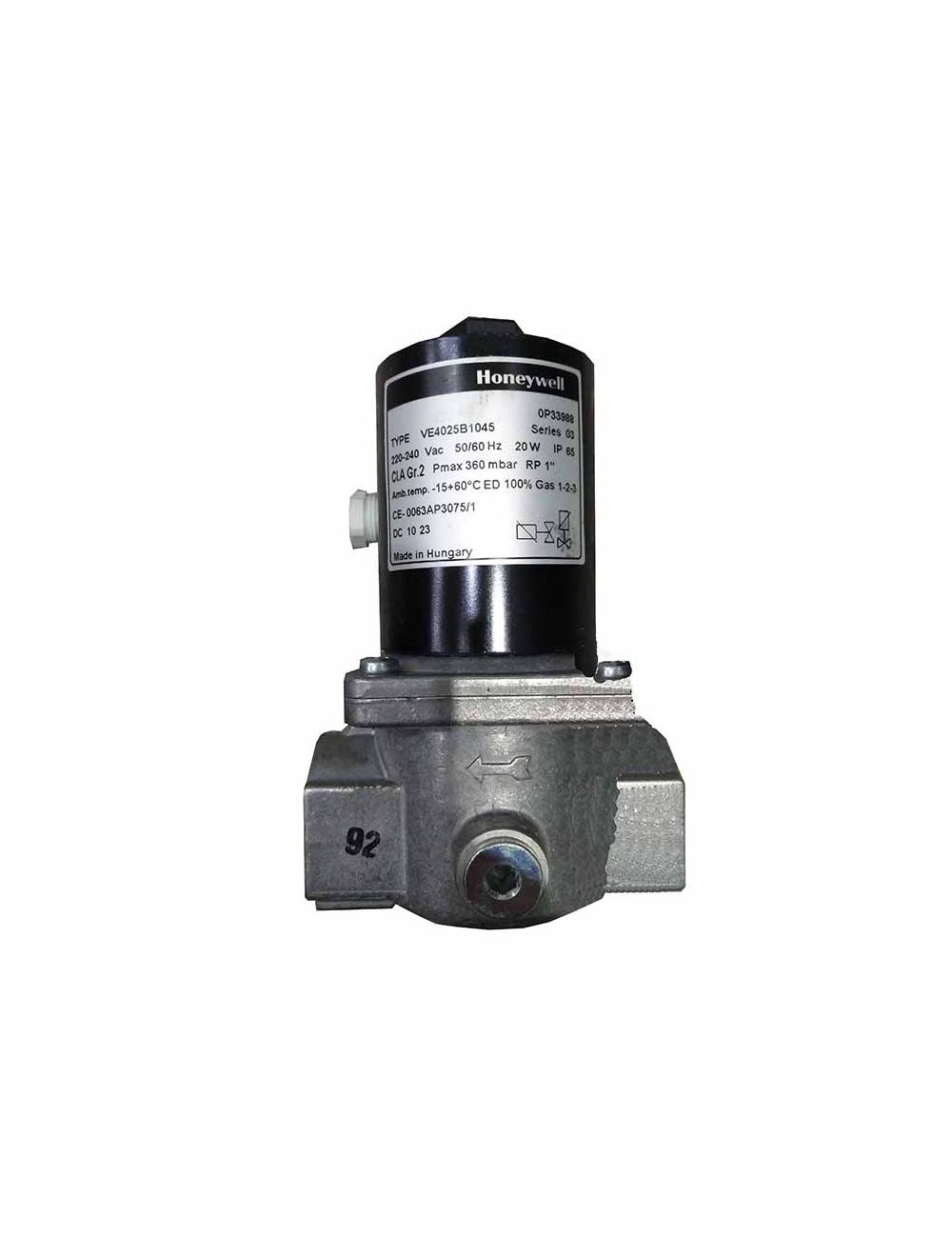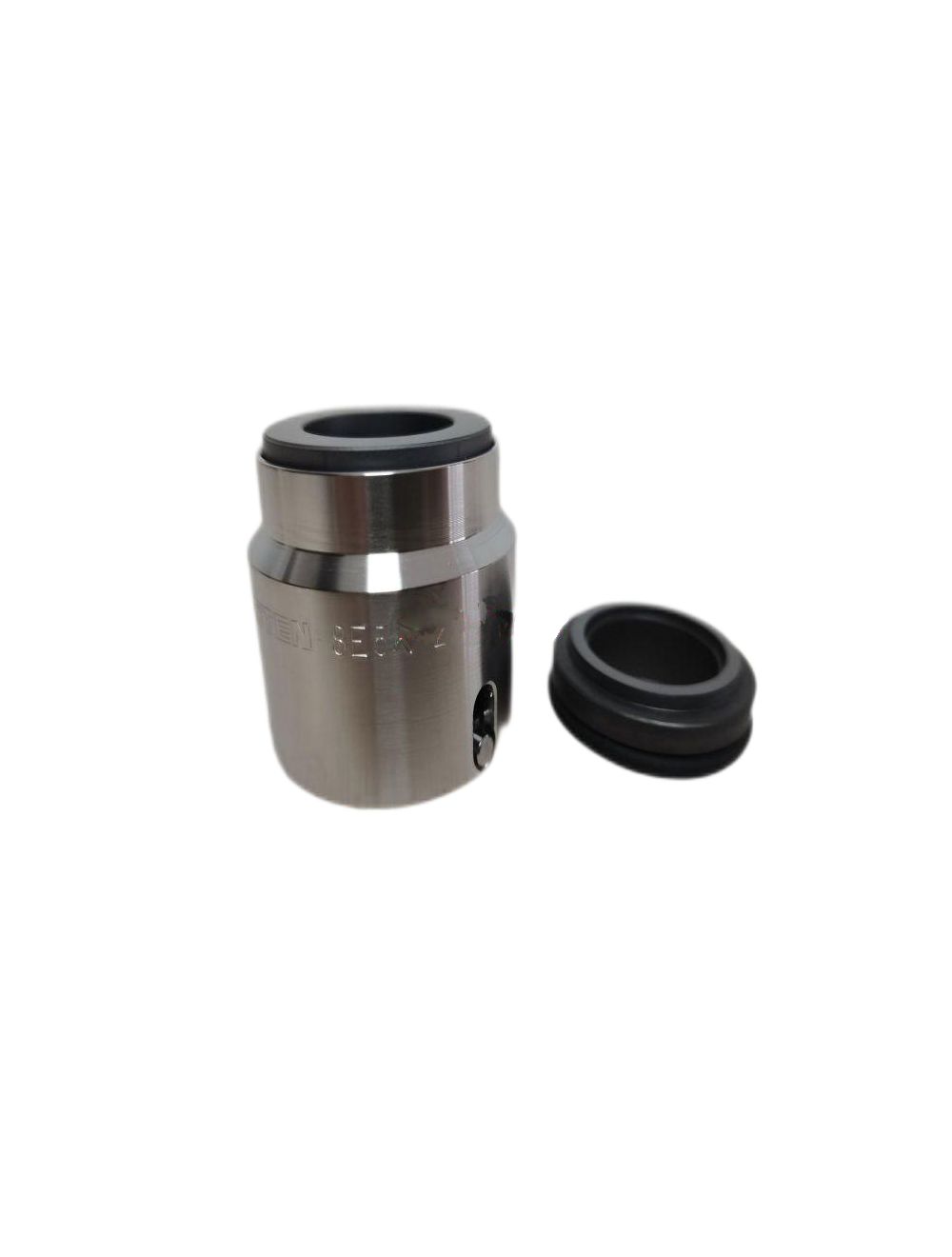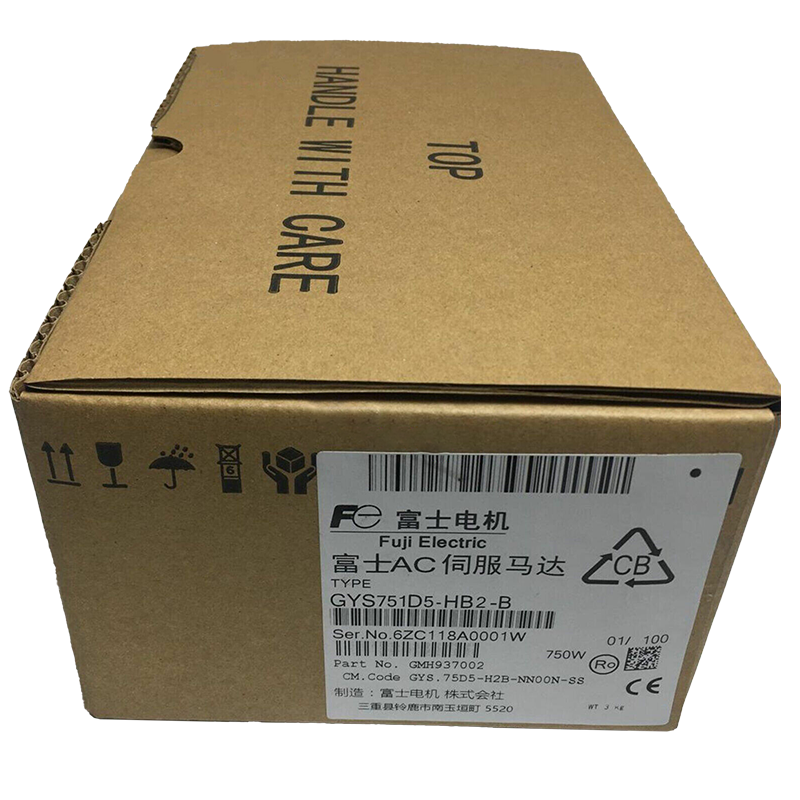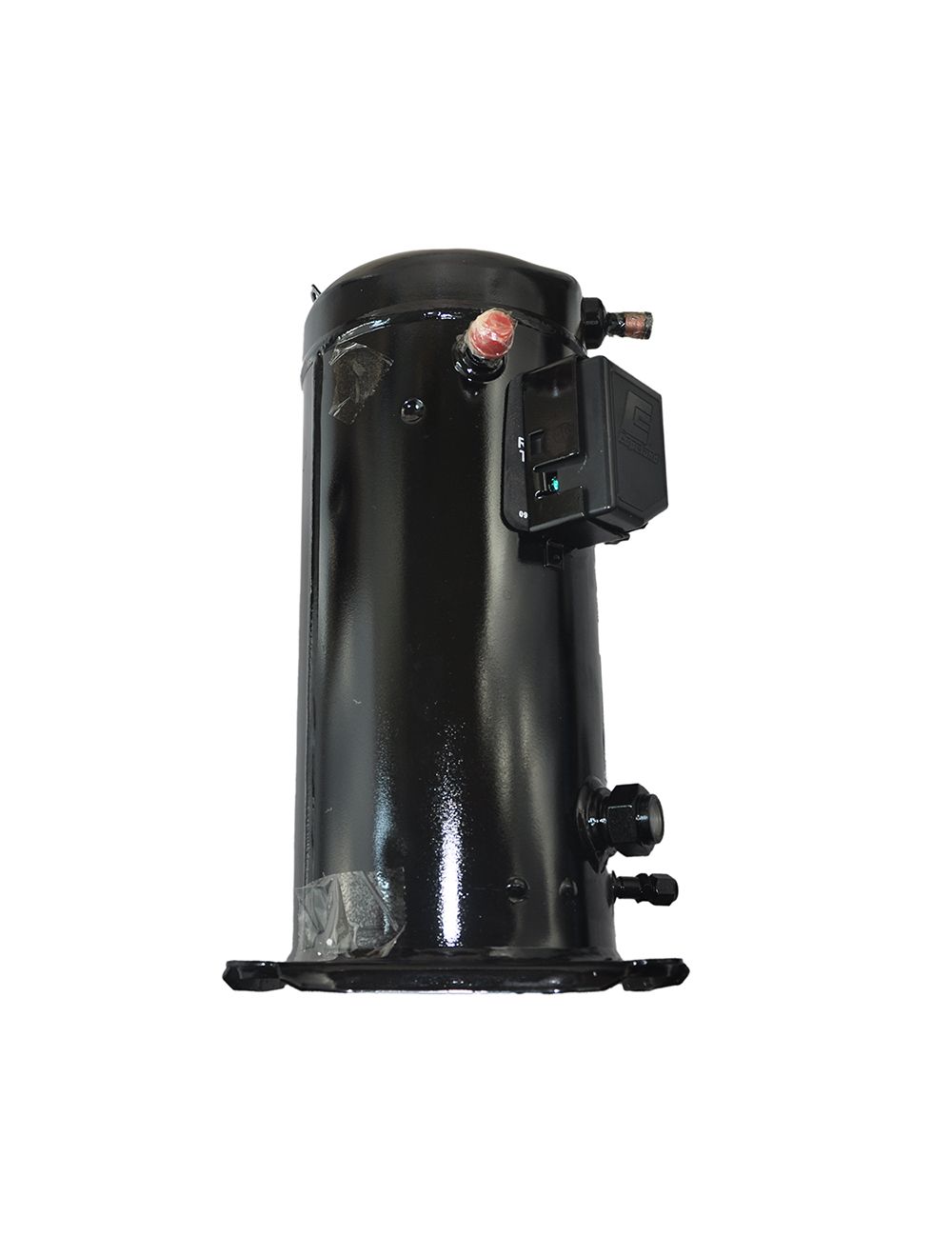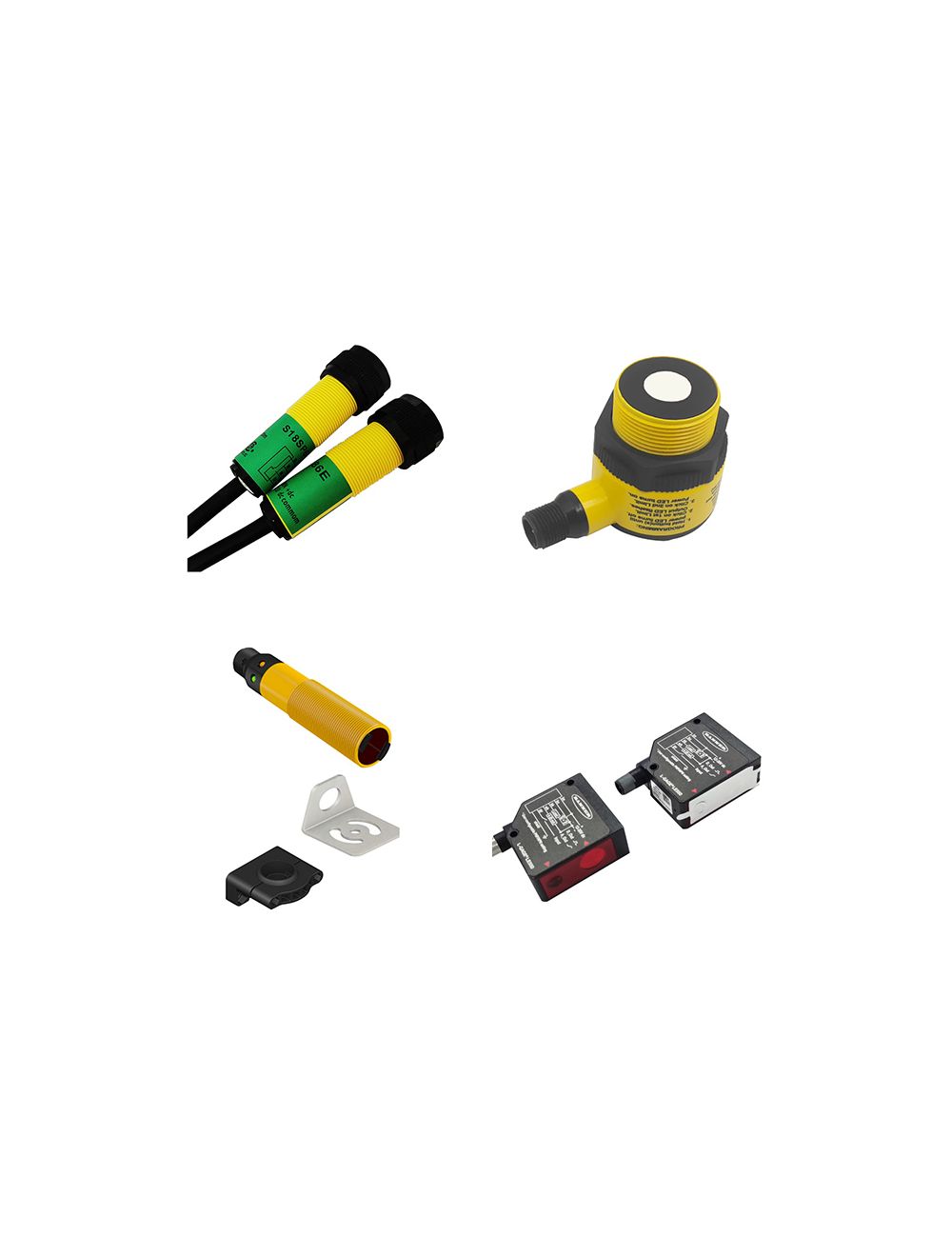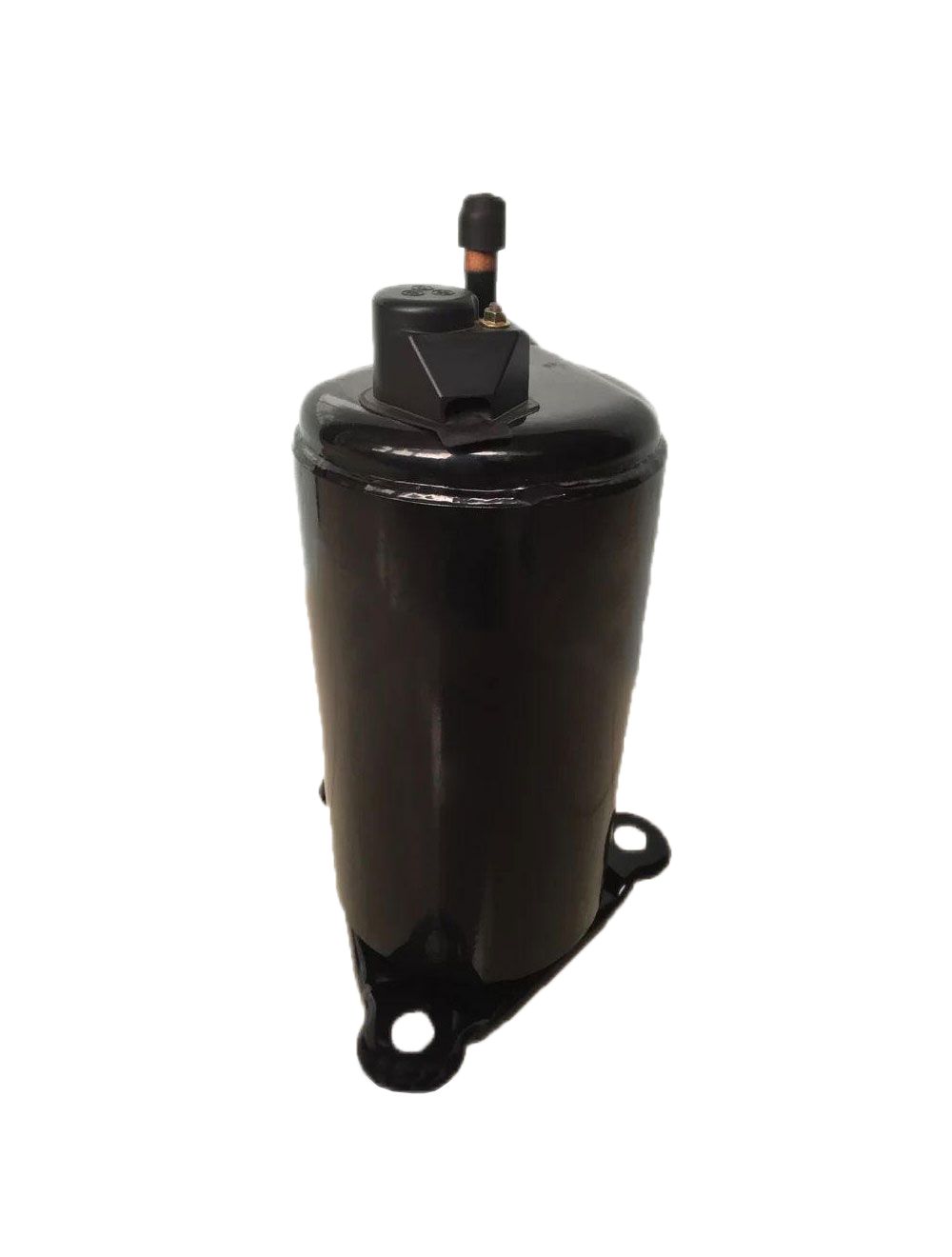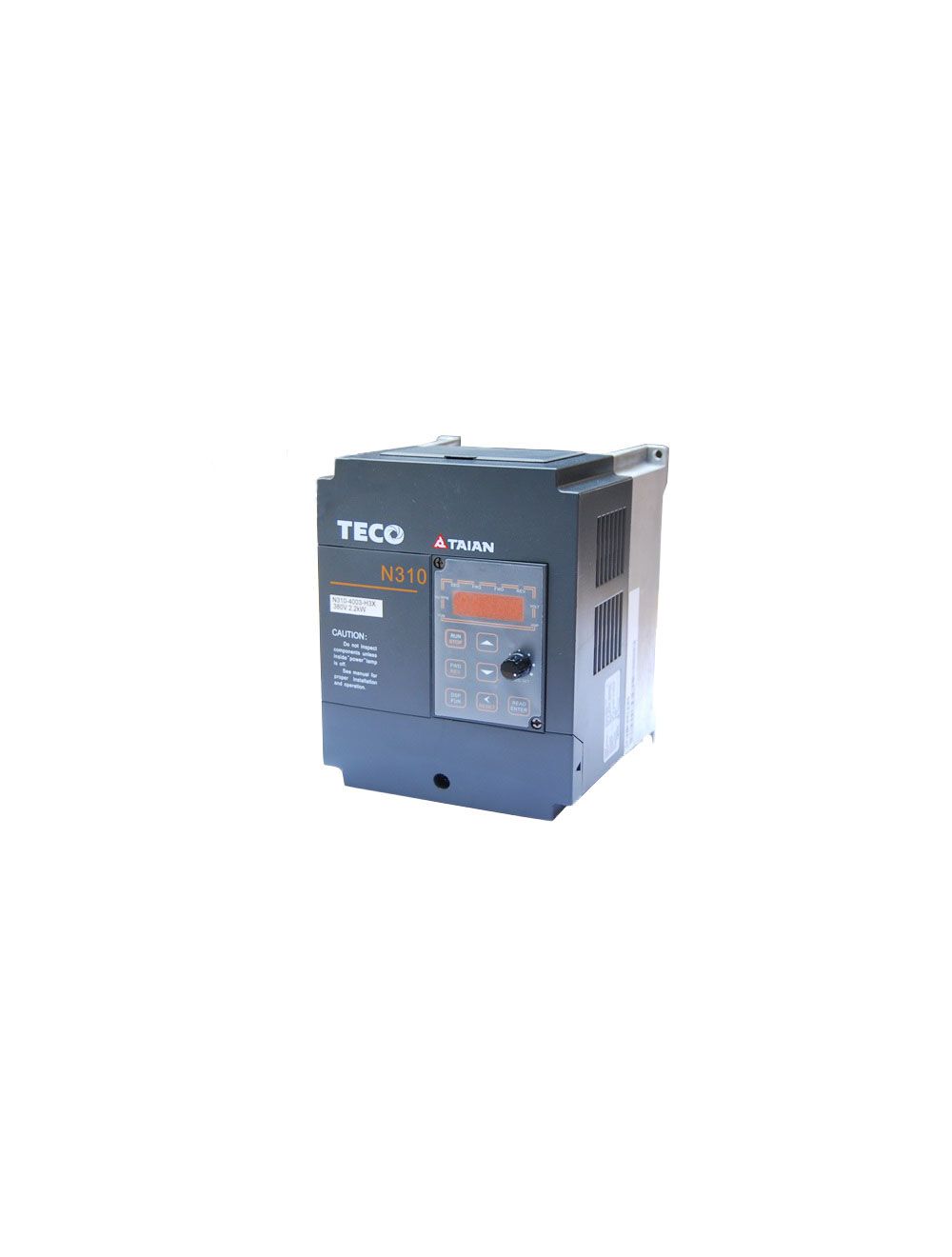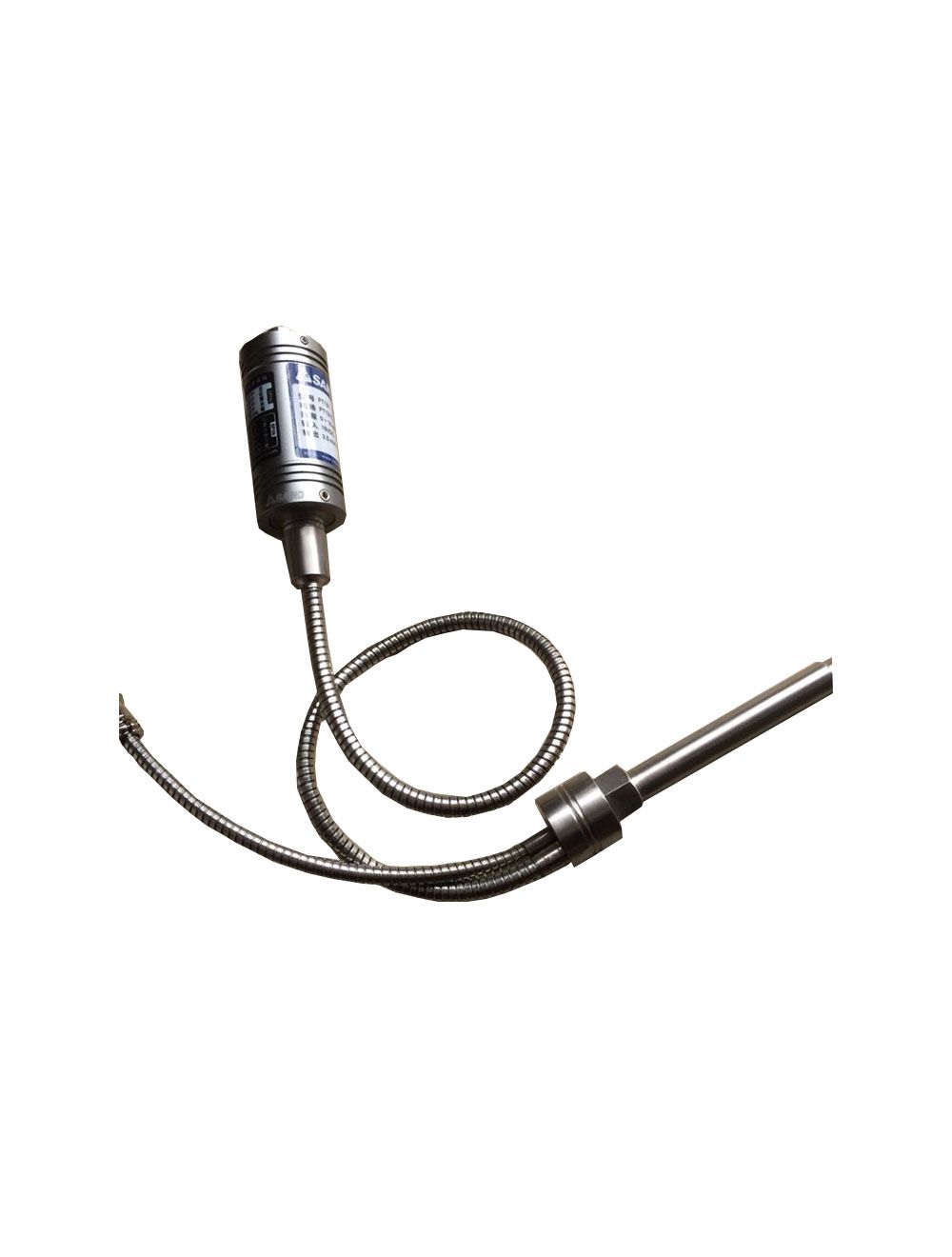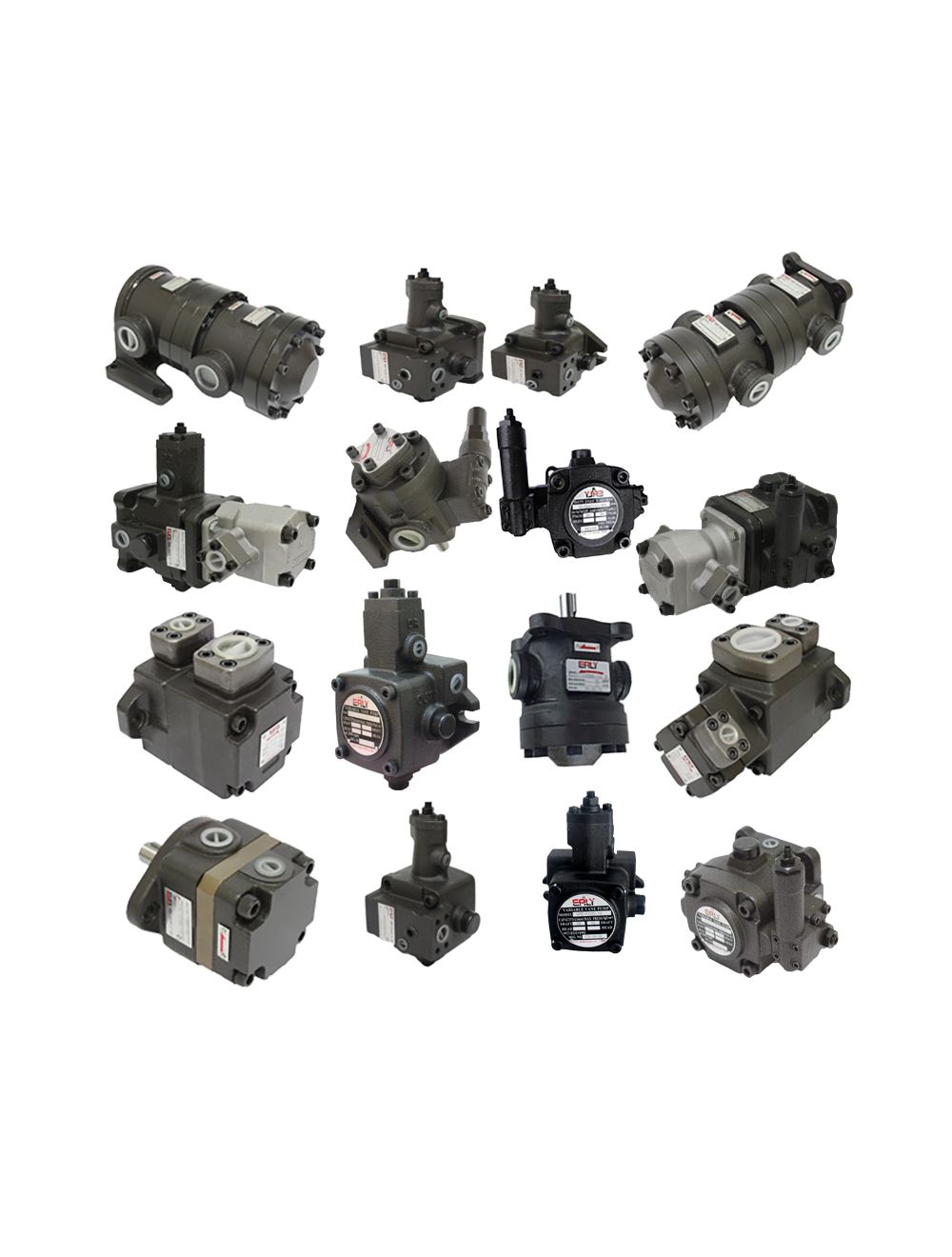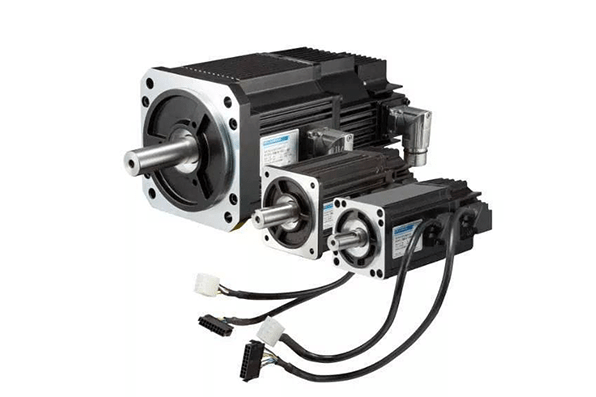
Servo motors are used in many industries in our lives. Some common problems and solutions about servo motors are also of great concern to everyone. Today we would like to share with you the reasons for servo motor overheating and how to deal with it.
1. Causes of Servo Motor Overheating
1.1 Motor Cooling System Failure
The temperature of the motor may increase because the heat generated by the motor cannot be dissipated quickly.
At this time, first check whether the cooling fan of the motor is running normally, whether the rotation direction of the fan is correct, and whether there is oil, dust, or debris on the surface of the motor, which will affect the heat dissipation of the motor.
1.2 Blocked Vents
This may seem obvious.The vents on the motor must be unblocked to allow heat to escape. Check to make sure there is nothing blocking them.

1.3 Motor Overcurrent
The motor may run with a current load that exceeds its rated current for an extended period of time. We need to check whether there are any braking problems, whether there are any signs of overload, whether the bearings of the motor are operating normally, whether the three-phase power terminals of the motor are firmly connected, whether the motor rotates relatively fast, whether the three-phase current is unbalanced, etc.
1.4 Motor Power Too Small
The selected motor is too small and not suitable for the current application. Make sure the servo motor power you use is suitable for the environment and duty cycle of its application.
1.5 High Ambient Temperature
If a motor is run in a warmer environment than it was designed for, it may overheat because the ambient temperature makes it more difficult for the motor to cool properly. Check the motor's suitable operating temperature range (It can be found on the motor nameplate).

1.6 High Voltage or Low Voltage Power Supply
In order to overcome the load or inertia at rest, the motor's operating current under load will be too high. Incorrect voltage will make the motor work more difficult and may cause the motor to overheat.
1.7 The Temperature Measurement Value Is Inaccurate or Wrong
We can use a standard temperature measurement instrument to check whether there is a big difference between the actual temperature and the temperature displayed on the servo drive. If the difference is not big, it means that the displayed value is correct. If the difference is big, it means that it may be a motor sensor fault. It is necessary to open the motor for troubleshooting.
1.8 Harmonic Interference of Servo Drive
The voltage waveform at the output end of the servo drive is not a standard sine wave, but a square wave. This waveform contains a large number of harmonics, which may cause the servo motor to cause a series of problems such as overheating, vibration, and accelerated insulation aging. This is also one of the more common causes of servo motor overheating.
You can choose to install filters and other special harmonic suppression devices on the servo inverter side to solve this problem.

1.9 Servo Drive Parameter Setting Problem
Re-adjust the parameters of the servo drive so that they are at reasonable values, and the problem of servo motor overheating will naturally be solved.
1.10 Servo Motor Works at Full Load for a Long Time
Replace with a servo motor with greater power or torque.
1.11 High Altitude
The plateau environment has high altitude, low air pressure, lack of oxygen, extreme cold, large temperature differences, and strong sandstorms, which are extremely severe tests for the ventilation and heat dissipation, insulation and protection of the motor. If an ordinary motor is directly applied in a plateau environment, it may become overheated, burn out or have frequent failures due to deteriorated operating conditions.
If you are at the higher altitude of 1000 meters (3300 feet) above sea level, contact the manufacturer and make sure your motor has the according rated value.
2. How to Help Your Motor Keep Cool

1. One way to keep the motor cool is to reduce the occurrence of overload on the motor. When considering the requirements of the task involved, the motor size chosen needs to match the necessary loads.
2. As part of regular maintenance procedures, testing the motor can reduce the possibility of failure due to overheating. Do not just touch the outer surface of the motor with your hands to judge the temperature of the motor. Touching is generally not a good method. Use appropriate testing methods to identify hot spots within the motor windings that reduce the life of the motor.
3. Make sure your motor has proper protection. This protection includes constant temperature protection and overload protection. These related protective components ensure that the motor operates at temperatures that do not cause damage. Thankfully, most servo motors include fault protection features that can shut down the system if the temperature exceeds a safe threshold.
Motors are often one of the most expensive assets in a factory. With proper maintenance and common sense, extending their life becomes easier.

